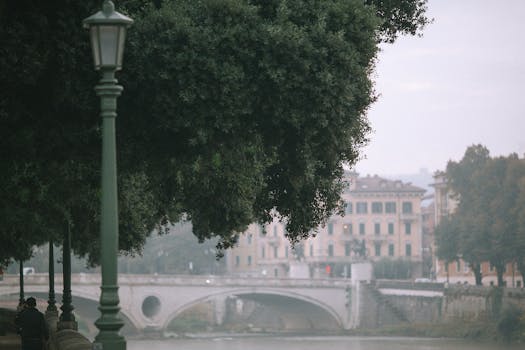
Urban Green Spaces: The Future of Outdoor Living in European Cities by 2025
Urban Green Spaces are becoming increasingly important in European cities, and for good reason. As the world becomes more urbanized, the need for green spaces has never been more pressing. In this article, we will explore the future of outdoor living in European cities and how urban green spaces will play a crucial role in shaping it.
What are Urban Green Spaces?
Urban Green Spaces refer to any area in a city that is covered in vegetation, such as parks, gardens, and green roofs. These spaces provide a range of benefits to both the environment and the people who live in the city. They help to reduce air pollution, mitigate the urban heat island effect, and provide habitats for wildlife. Additionally, urban green spaces offer a peaceful escape from the hustle and bustle of city life, improving mental health and wellbeing.
The Importance of Urban Green Spaces in European Cities
European cities are among the most densely populated in the world, and as such, they face unique challenges when it comes to providing green spaces for their citizens. However, many European cities are taking steps to prioritize urban green spaces, recognizing the numerous benefits they provide. For example, the city of Copenhagen has implemented a range of initiatives to increase the amount of green space in the city, including the creation of green roofs and walls, and the development of new parks and gardens.
The Future of Outdoor Living in European Cities
As we look to the future, it is clear that urban green spaces will play a vital role in shaping the way we live in European cities. By 2025, we can expect to see even more innovative and sustainable green spaces being developed, from rooftop gardens to urban farms. These spaces will not only provide environmental benefits but also offer new opportunities for social interaction, recreation, and economic growth.
Case Studies: Successful Urban Green Space Initiatives in European Cities
There are many examples of successful urban green space initiatives in European cities. For instance, the High Line in London is a former industrial area that has been transformed into a vibrant green space, featuring gardens, walkways, and public art installations. Similarly, the Parc de la Villette in Paris is a large public park that offers a range of activities, including concerts, festivals, and sports events.
Challenges and Opportunities
While there are many benefits to urban green spaces, there are also challenges to be addressed. For example, the maintenance and upkeep of these spaces can be costly, and there may be conflicts over land use. However, these challenges also present opportunities for innovation and creativity. By working together, cities, governments, and citizens can develop new and sustainable solutions to these challenges, ensuring that urban green spaces continue to thrive and benefit both people and the planet.
Conclusion
In conclusion, urban green spaces are a vital component of European cities, providing a range of benefits to both the environment and the people who live in them. As we look to the future, it is clear that these spaces will play an increasingly important role in shaping the way we live, work, and interact with one another. By prioritizing urban green spaces, we can create more sustainable, equitable, and thriving cities for all.





